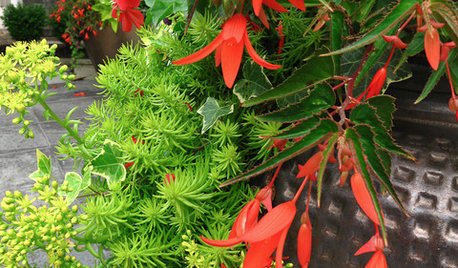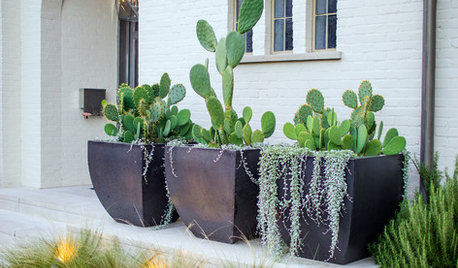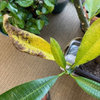Soil temps of containers with Soil, Perlite and Gritty Mix
the_first_kms2
10 years ago
Related Stories

CONTAINER GARDENSContainer Gardening Basics: The Dirt on Soil
Learn the types of potting soil available and the best mixes to help your containers thrive
Full Story
FARM YOUR YARDHow to Get Good Soil for Your Edible Garden
The nutrients in your soil feed the plants that feed you. Here are tips on getting it right — just in time for planting season
Full Story
GARDENING GUIDES10 Solutions for Soggy Soil
If a too-wet garden is raining on your parade, try these water-loving plants and other ideas for handling all of that H2O
Full Story
FARM YOUR YARDHow to Grow Vegetables in Containers
Get glorious vegetables and fruits on your patio with a pro’s guidance — including his personal recipe for potting mix
Full Story
SPRING GARDENINGHow to Grow a Rose Garden in Pots
Everything can come up roses, even without a plot of soil in sight. This step-by-step guide to growing roses in containers shows you how
Full Story
HOUSEPLANTSBaby Tears Mimics Moss for a Green Accent Indoors
This adaptable spreader thrives in water or soil, making it a terrific addition to containers and living walls
Full Story
GARDENING GUIDESVegetables and Flowers Mix in Beautiful Edible Gardens
Ornamentals, meet your edible garden mates. We know you'll get along just beautifully
Full Story
GARDENING GUIDESSuperstar Annuals for Containers and Baskets
High performing, low maintenance and all-around gorgeous, these container plants go the distance while you sit back and relax
Full Story
CONTAINER GARDENSCactus and Succulent Containers Are Ideal for Hot, Sunny Spots
Bring on the sun with these heat-loving succulent container gardens
Full Story
CONTAINER GARDENS3 Steps to Creating Quick, Easy and Colorful Succulent Containers
Take a bright container, add a colorful succulent or two and have a professional, summery design in minutes
Full StorySponsored
More Discussions




No-Clue
citizen_insane
Related Discussions
Peat Moss, Coir, and Perlite in a soil mix
Q
Pros and Cons of 511/ Gritty mix and peat based potting soil
Q
Soil mix for dracaena without perlite
Q
Potting soil, gritty mix, perlite, chicken grit, etc.
Q
Dave in NoVA • N. Virginia • zone 7A
the_first_kms2Original Author
desamecyra
mksmth zone 7a Tulsa Oklahoma
Loveplants2 8b Virginia Beach, Virginia
beachplant
mimalf
Lnorigb
jandey1
the_first_kms2Original Author
powderpuff
rox146
powderpuff
mimalf
tdogdad
beachplant
honeybunny2 Fox
the_first_kms2Original Author
powderpuff